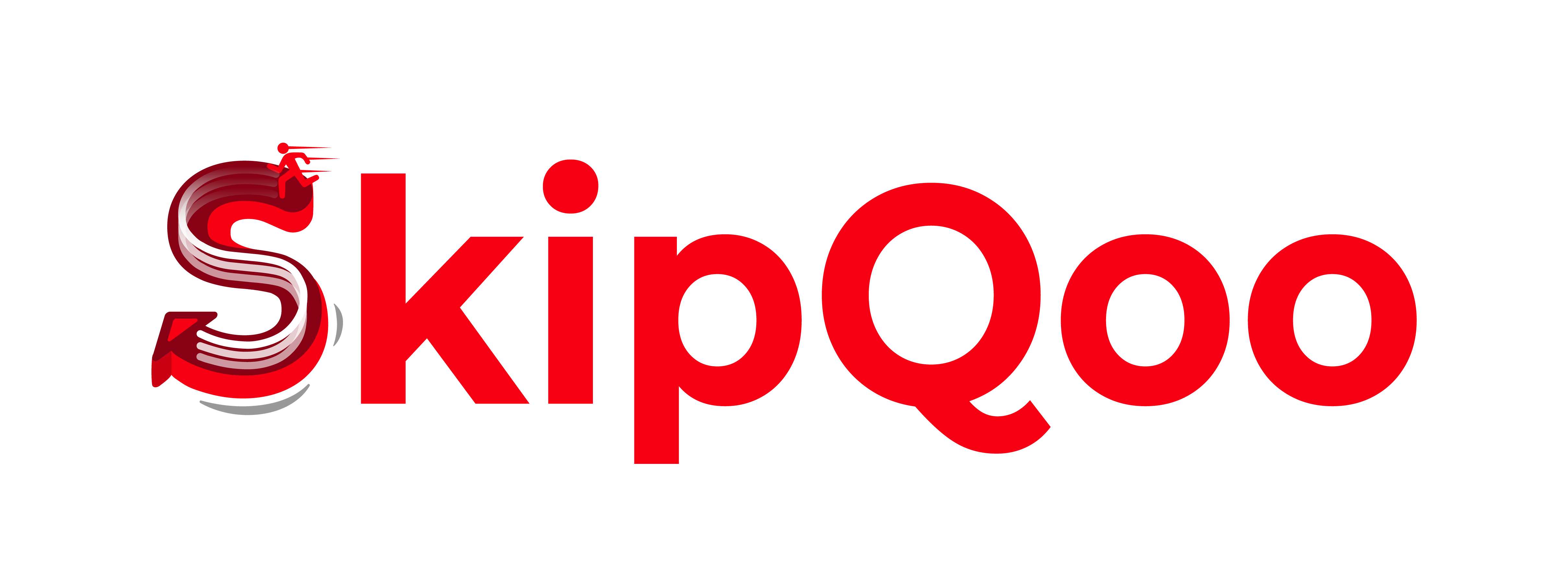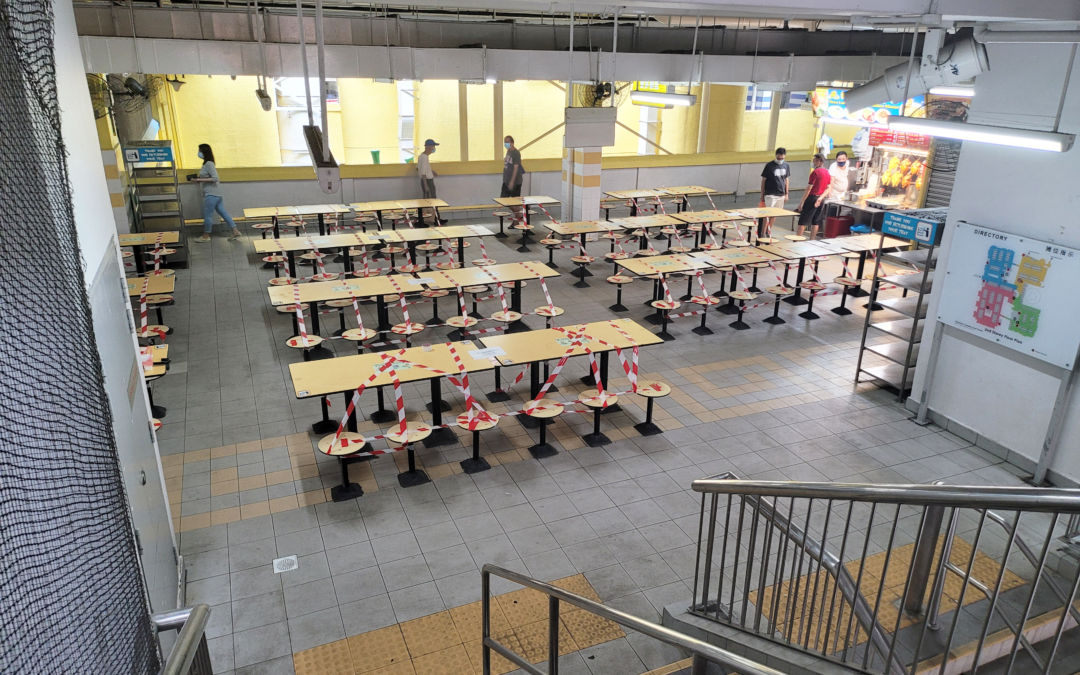“How the F&B industry has evolved, through the 2020 Circuit Breaker and the current Phase 2 (Heightened alert) measures, by adopting technological solutions to solve the issue of declining sales.”
F&B sector has been transformed in 2020, with doubled online sales from pre-Circuit Breaker levels. From one in ten sales in January being made online, to one in five sales in September, the trend shows no signs of reversing.
This industry overhaul is being propelled by increasing adoption of technological solutions to mitigate the effects of plummeting sales. During the Circuit Breaker, the first lockdown, F&B owners struggled to make sales as they were vastly unprepared. Many were not listed on delivery platforms, and others lacked social media presence.
Since then, the F&B landscape has evolved for the better. However, Singapore’s Health Ministry, a multi-ministry task force set up to ensure public health and safety during the Covid-19 pandemic, has announced new measures during “Phase 2 (Heightened Alert)”. This was implemented in response to rising community Covid-19 cases.
Among these are measures such as no dining in at F&B establishments, social gathering groups reduced from 5 to 2, and Work From Home (WFH) being the default for employers. This had led some F&B owners to draw similarities to the first Circuit Breaker lockdown, with many wondering if they can cope with another month of reduced sales just as they were getting back on their feet.
However, not all hope is lost. There are many more F&B owners who have continued to utilise their digital solutions after adopting them in 2020. Over the years, the Singapore government has encouraged businesses to adopt digital solutions to increase efficiency and improve adaptability.
In 2017, Senior Minister of State for Trade and Industry Sim Ann told Parliament that the Singapore government set a target for 50% of all F&B outlets to adopt digital service solutions by 2020, such as QR codes for payment.
Following that, in March 2021, Minister for Communications and Information S Iswaran recognised that Singapore’s digital future is underpinned by “competitive enterprises that leverage digital technologies to innovate and grow”, among others.
Mr. Iswaran went on to say that “This will help more enterprises access innovative solutions and accelerate the deployment of digital innovation at scale.” He also brought up future programmes in the pipeline that will “equip firms with the capabilities and talent to accelerate their digital transformation journey.”
The years-long drive towards digitalisation has reached a fever point, with Covid-19 being the catalyst. Service providers which help F&B businesses to adopt QR code ordering and digital menus are now experiencing increasing demand. For F&B owners, these may be the solutions they have been looking for.
Consumers have heightened their health consciousness and thus have developed a preference for more hygienic practices. Touching a physical menu that has been palmed by tens of people prior is seen as less acceptable now. This demand drives F&B owners to adopt such technologies.
Singaporean consumers are thus more inclined to browse a restaurant’s menu through a QR code, rather than by flipping the pages of a worn-out physical menu. Their preference for cleanliness and sanitation has developed into a need.
Many companies have stepped forward to address this need. One such company that provides digital ordering solutions for the F&B sector is SkipQoo. The company presents itself as an expert in F&B marketing and empowers businesses to manage their orders more efficiently.
They target common pain points in the F&B industry, one of which is the high staff turnover rate, the highest among all Singapore industries. This makes it costly for businesses as managers have to invest significant amounts of time to train new staff frequently.
With digital ordering systems, less manpower is needed. Tasks such as taking orders, keying them into the POS, and relaying them to the kitchen, are all automated. This reduces the burden on managers and allows staff to focus on executing their tasks more efficiently.
The tangible benefits of digital ordering are made clear in the case of dim sum chain Tim Ho Wan. The chain saves three to five man-hours daily thanks to adopting automation processes. It has adopted a QR code ordering system that allows customers to order dishes online, sending their orders immediately to the kitchen to be prepared.
A spokesperson for Tim Ho Wan said that “workers have generally reacted positively, giving feedback that the project has significantly increased staff efficiency and reduced work-related stress.” On top of this, older supervisors, cooks, and service crew have seen a pay raise under the scheme, “as a result of gain-sharing.”
Tim Ho Wan is one example of how an F&B chain can not only maintain a high level of revenue, even during a lockdown, but also earn more through making some small changes to their operational processes.
Lockdowns can indeed devastate unprepared businesses. As it has been over a year since the Covid-19 pandemic has taken over, businesses are now much more prepared. Even if they have not made any changes, they are still more prepared mentally with their experience.
As Phase 2 (Heightened Alert) is a less severe version of the Circuit Breaker, businesses are now able to pull through easier. However, those who have yet to adopt digital solutions or create an online presence will find it hard to compete with those who have upskilled and made themselves more appealing to consumers.
This is why CEO of SkipQoo Darren Goh has been vocal about his belief that “digital ordering systems are one of the biggest trends coming into the food space currently.” His company is constantly innovating new solutions for F&B owners to increase their revenue.
His mission has taken on a new sense of importance in 2021, as customers start to go back to restaurants and dining outside. However, for many F&B owners, revenue is still below pre-Circuit Breaker times.
President of Restaurant Association of Singapore Vincent Tan Chor Khoon commented that many members of the association told him that their business revenue dropped by about 50% to 80%. It has also been reported that F&B sales fell by 53% in April 2020.
This is precisely what drives Darren to never lose sight of his goal. “We work to eliminate costs, not just reduce them. Our thinking is – why mitigate a problem when we can solve it?”
Darren went on to comment about his interactions with F&B owners. “Most of the existing widespread solutions in the market are a nightmare for restaurant and cafe owners, the technology simply has not caught up with demand.” Many adoption milestones have yet to be reached in the digital ordering scene. Darren predicts that his company, SkipQoo, will go on to leapfrog its way into restaurants all across the island.
In 2020, the company experienced an increase in traffic on their website and in the number of inquiries about their services. To learn more about SkipQoo and how they innovate industry processes, visit their website at skipqoo.io.
Understanding how QR code ordering and digital menus work is key to seeing high adoption rates of this new technology. Trends in the F&B industry show that digital literacy is rising among restaurant owners, bar managers, and hawkers.
The F&B industry still has a long way to go to reach pre-Circuit Breaker levels of revenue. New companies with a drive to provide solutions for the F&B industry’s headaches present a fresh hope for revival in the sector in 2021.
With continued government support, F&B owners can easily find the right solution for them and reap gains in efficiency and profitability. They are also better prepared can more easily adapt to any unexpected changes in the F&B industry.

